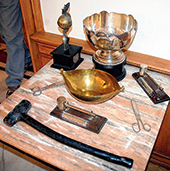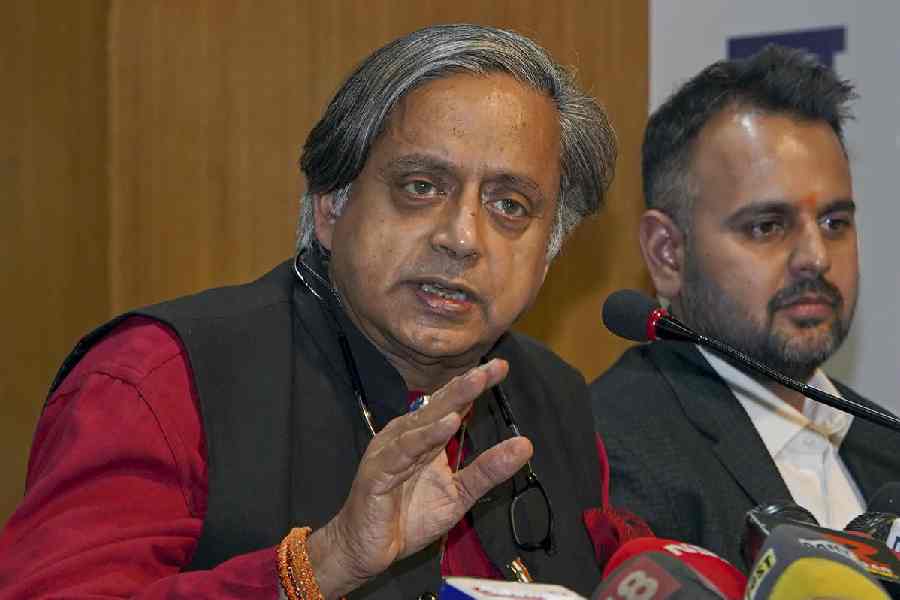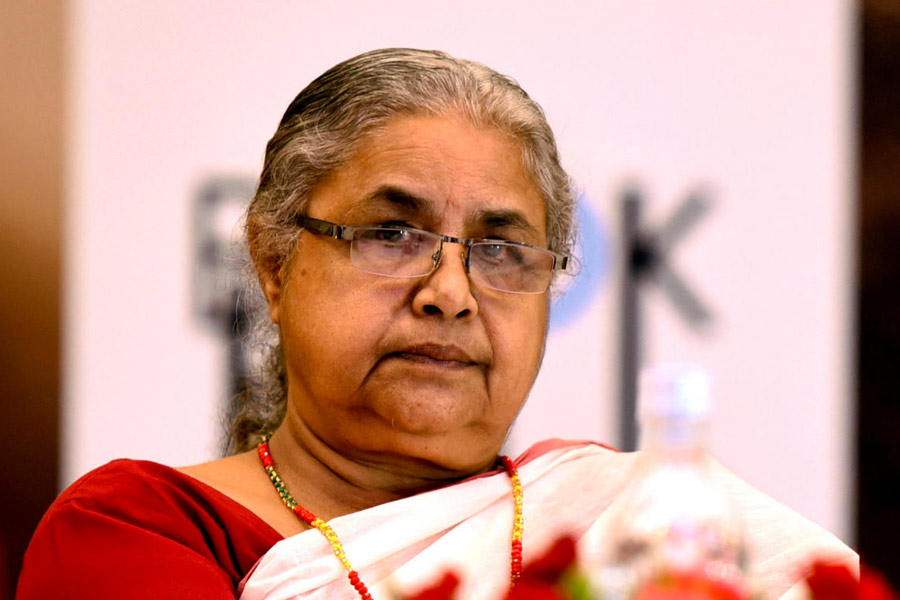 |
| Old tools of the tea auction trade on display |
The gavel will go into retirement at the world’s oldest and largest tea auction house in its 150th year. But J. Thomas and Company isn’t junking tradition, only tweaking it.
The erstwhile Welsh company that went online for CTC auctions in 2009 is set to draw the curtains on the last of its manual auctions for orthodox tea in another two to three months. That would mean no more animated bidding every Tuesday for that premium Darjeeling second flush before it finally reaches your breakfast table in a steaming cup.
As in the CTC auctions, buyers will sit in front of laptops to key in their bids for the best of premium orthodox teas while the auctioneer monitors and manages the proceedings from the podium. Quiet, impersonal and bereft of drama, but efficient.
“We are sticklers for tradition, and that is how we have conducted our business over the decades. But online auctioning offers convenience and speed. Our other auction centres countrywide have already gone fully online,” a spokesperson for the company said on Wednesday.
J. Thomas and Co, formed in 1851 as Thomas Marten and Co, had conducted the country’s “first public sale of East Indian Teas” on December 27, 1861, with a consignment of 350-plus chests of Pekoe, Souchong and Congo of Cachar growth going under the hammer at 2 Mission Row.
Back then, 350-odd chests were regarded as a phenomenal quantity of tea and the average auction price wasn’t to rise to more than a rupee per kilo until 1915.
 |
Today, J. Thomas auctions around 40 per cent of the five lakh-odd tonnes of tea that are up for bidding annually, while the average auction price crossed the Rs 100 per kg landmark for the first time in 2009.
“Many things may have changed but the journey of tea from the garden to your cup remains much the same, just as we have stuck to our time-tested practices,” said deputy managing director Krishan Katyal, a tea taster for 35 years.
Like in the olden days, tea still comes straight from the gardens to the warehouses, from where auction-house experts draw samples to scrutinise and catalogue them based on quality. Bulk buyers then bid for and procure stocks at the auctions to export or sell in the domestic market.
“It’s all based on trust. Buyers go by our assessments and manufacturers value our technical inputs,” said Katyal.
If trust is the foundation of the business, tradition is the mainstay of the J. Thomas headquarters at Nilhat House on RN Mukherjee Road. The building — the name Nilhat derives from nil (indigo), Thomas Marten and Co’s first business, and hat (market) — remains not only the hub of auctioning but also a treasure house of tea heritage.
Teapots, cups and saucers from across the world adorn side tables in the main office. The walls bear rows of framed illustrations, documents and photographs, including one of the stately, old building that was later demolished.
An agreement inked by governor-general Warren Hastings, leasing out the property to the Thomas family, occupies pride of place near the entrance.
“We have always tried to strike a balance between embracing the new and preserving the old,” said chairman and managing director Ashok Batra of the emphasis on history.
A silent witness to these traditions is the Burma teak table in the conference room, bearing scrawled signatures of retired directors. “It’s a practice that is still followed. One of the legible signatures is of J. Thomas (after whom the company was renamed in 1866),” said chairman Batra.
So how is Nilhat House planning to celebrate 150 years of tea auctions? At J. Thomas, raising a toast usually means sampling up to 1,500 cups of tea in three hours in the tasting room.










